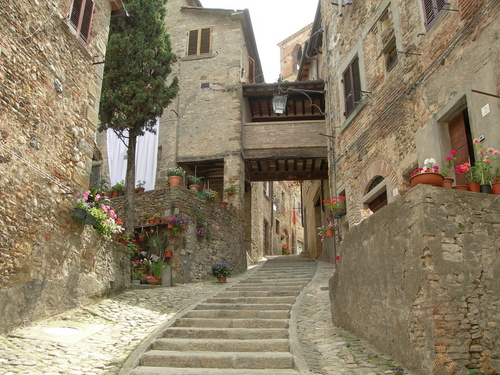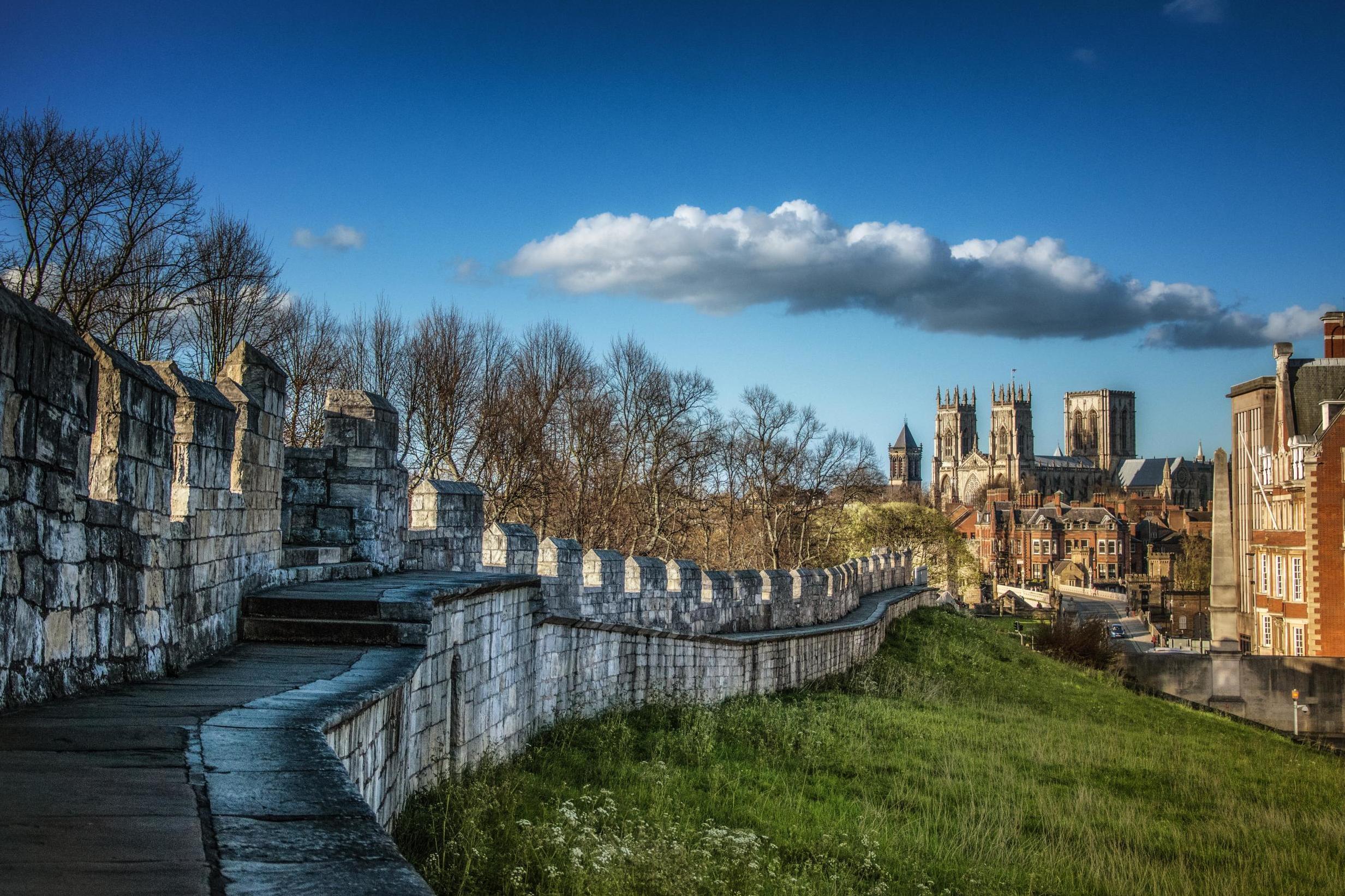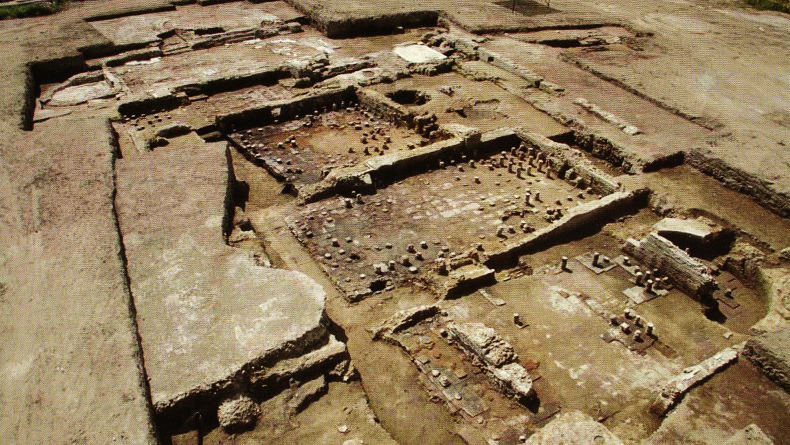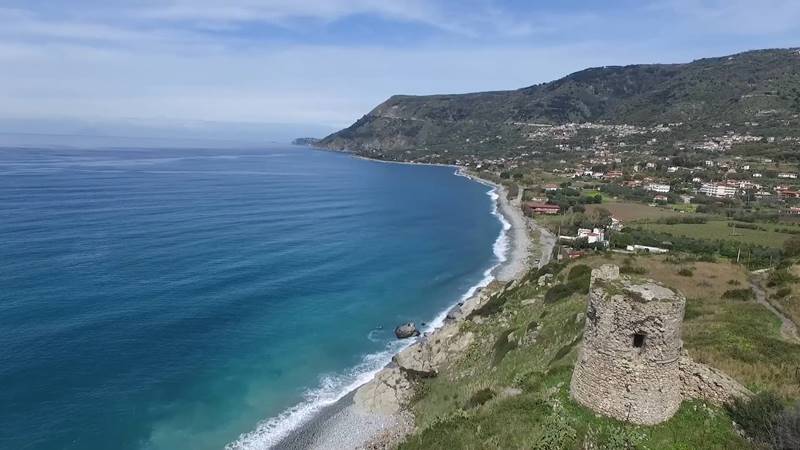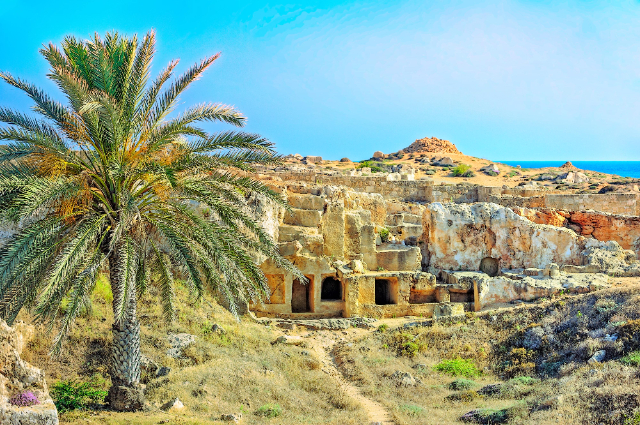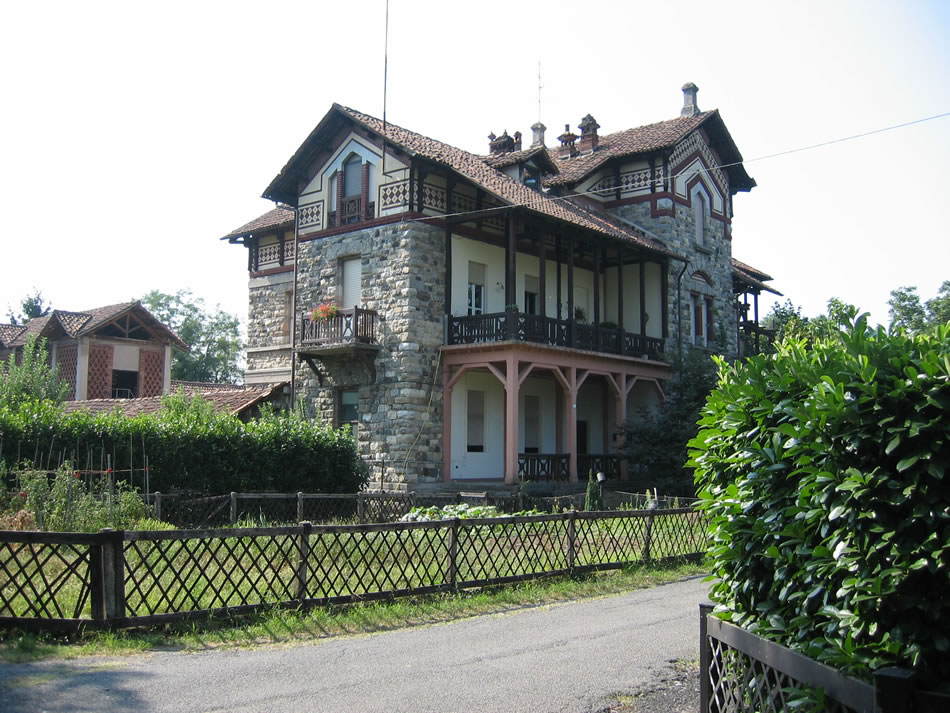If è it is already beautiful to observe it from the plains, even more fascinating è is the wandering around the ancient village with its picturesque stone houses, alleys, stairways, and charming little squares, evidence of historical values handed down through the centuries.
Certainly it was during the Middle Ages that Anghiari assumed the greatest importance, especially because of its obvious strategic position: it is first mentioned in a parchment dated 1048, kept in the archives of Città di Castello, although thefirst settlements were in Roman times.Panorama of Anghiari from the Domain of the Lords of Galbino first and then of the Camaldolese, the town saw one of the most important moments in its history in the Battle of Anghiari, which, on June 29, 1440, marked the victory of the Florentine troops allied with the pope over the Milanese army.
The ‘important event was commented on by Machiavelli and celebrated with a fresco in the Palazzo Vecchio by Leonardo. Worth visiting, in Anghiari, is Palazzo Taglieschi with its State Museum of Popular Arts and Traditions, which houses frescoes, paintings, polychrome wooden sculptures (a remarkable Virgin by Jacopo della Quercia), valuable glazed terracotta, devotional statuettes, sacred furnishings from various periods, tools and weapons that bear witness to the skill of local artisans from the past. It is precisely these artisans who still hand down a very lively tradition in the arts of iron and wood that prompts them to organize the annual Mostra Mercato dell’Artigianato della Valtiberina Toscana (Tuscan Tiber Valley Crafts Market Exhibition).
The event, which takes place every year between the end of April and the beginning of May, ode of great A borgo di Anghiaririsonanza, also because of the deep bond that unites this qualified review to the workshops of a historic center among the mostù valuable in central Italy, further enhancing the discovery : the visitor will be fascinated wandering around a town that immediately appears to be measured on rhythms far from those of a ring road or a ring road, where it is enough to move a few steps away from the center to find oneself in the peace of silent paths immersed in the green of the fields or in the silvery color of the olive groves. Throughout Italy and abroad, Anghiari è known as a hub for the art of antique furniture restoration, with antiquarians and expert restorers linked to the history of the local Institute of Art, an incomparable school that is working to set up the future Advanced Course for the Art of Restoration and endow itself, with the ristrut­turazione of Palazzo Testi, with a boarding school to host students from all over the world. Let’s not forget that equally inviting in Anghiari are the flavors of the cuisine, with typically Tuscan dishes sometimes served within evocative ancient settings.
Add to this the magical atmosphere of convivial evenings, of dinners organized in front of the parvis of a Romanesque parish church or at the doorway of some house in the old village, of folk songs and theater, in an extraordinary vortex of whispered phrases and serenades, of chiseled stones and hammers, the tolling of which comes out of the artisan workshops located along the steep slope.
